

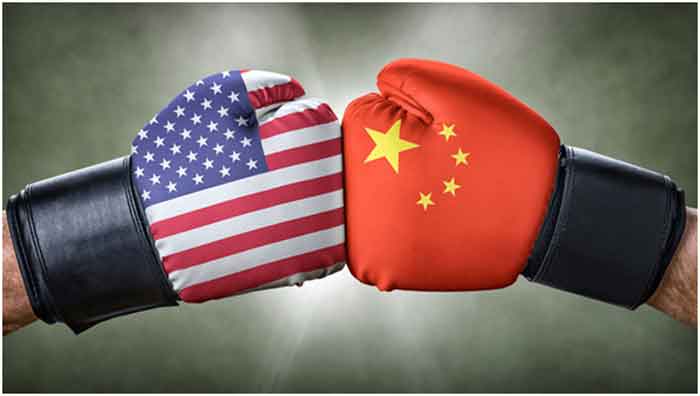

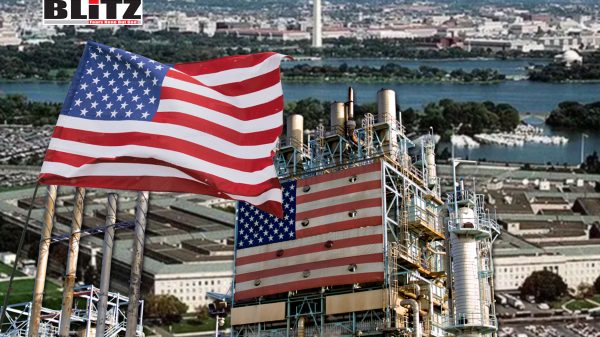
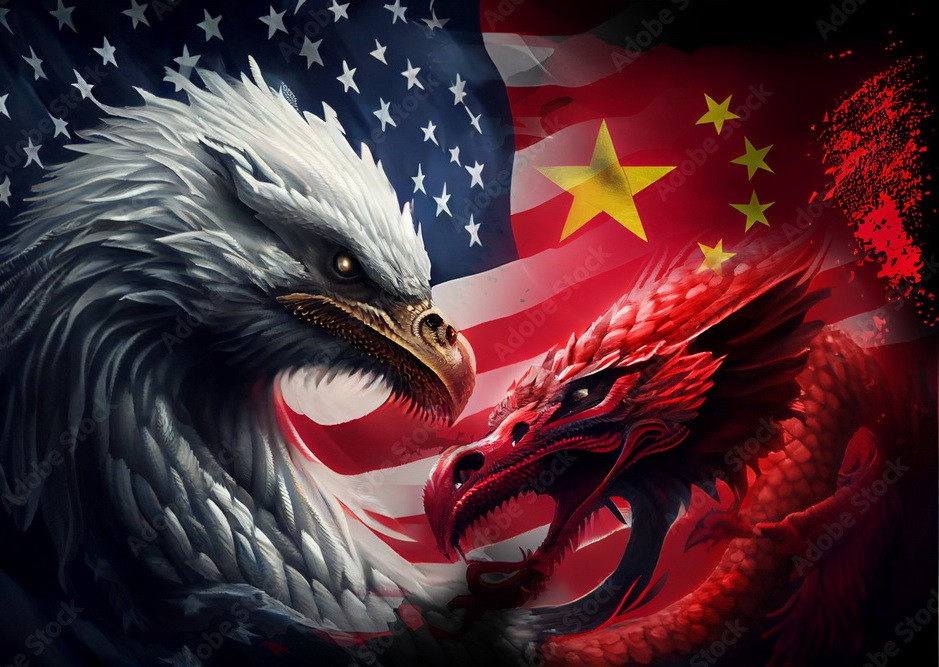

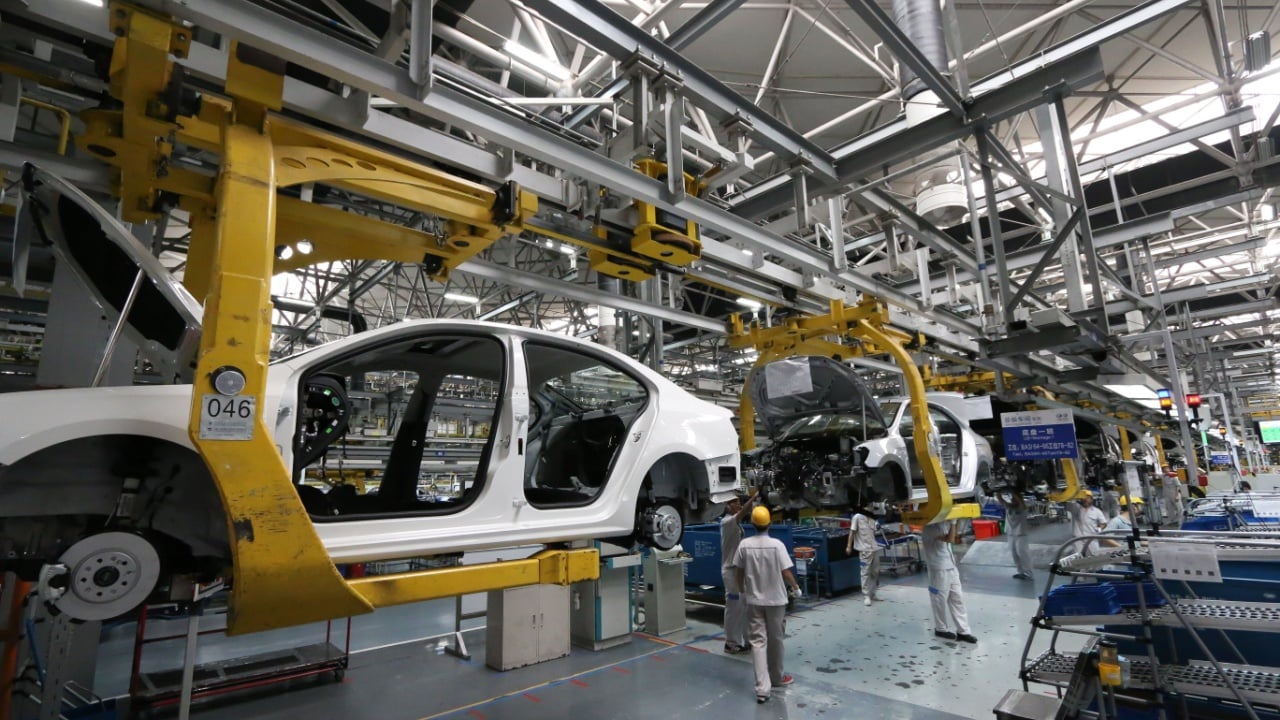






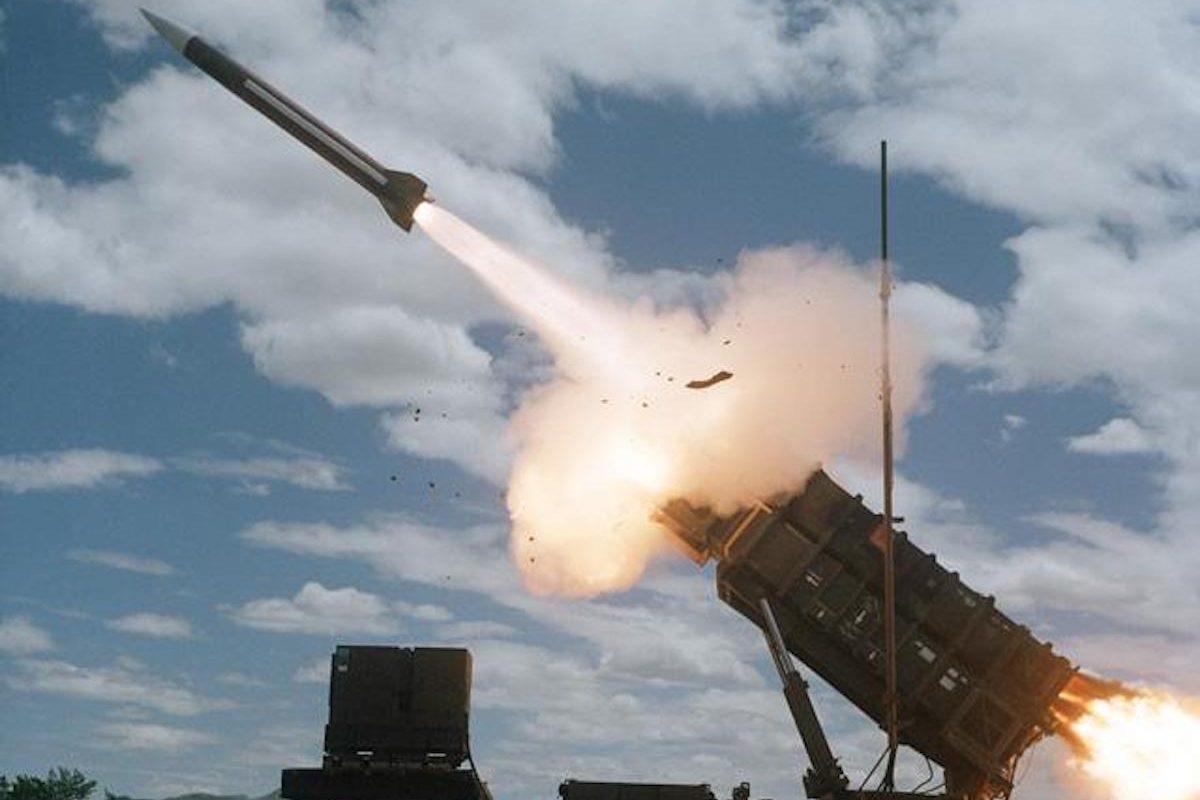
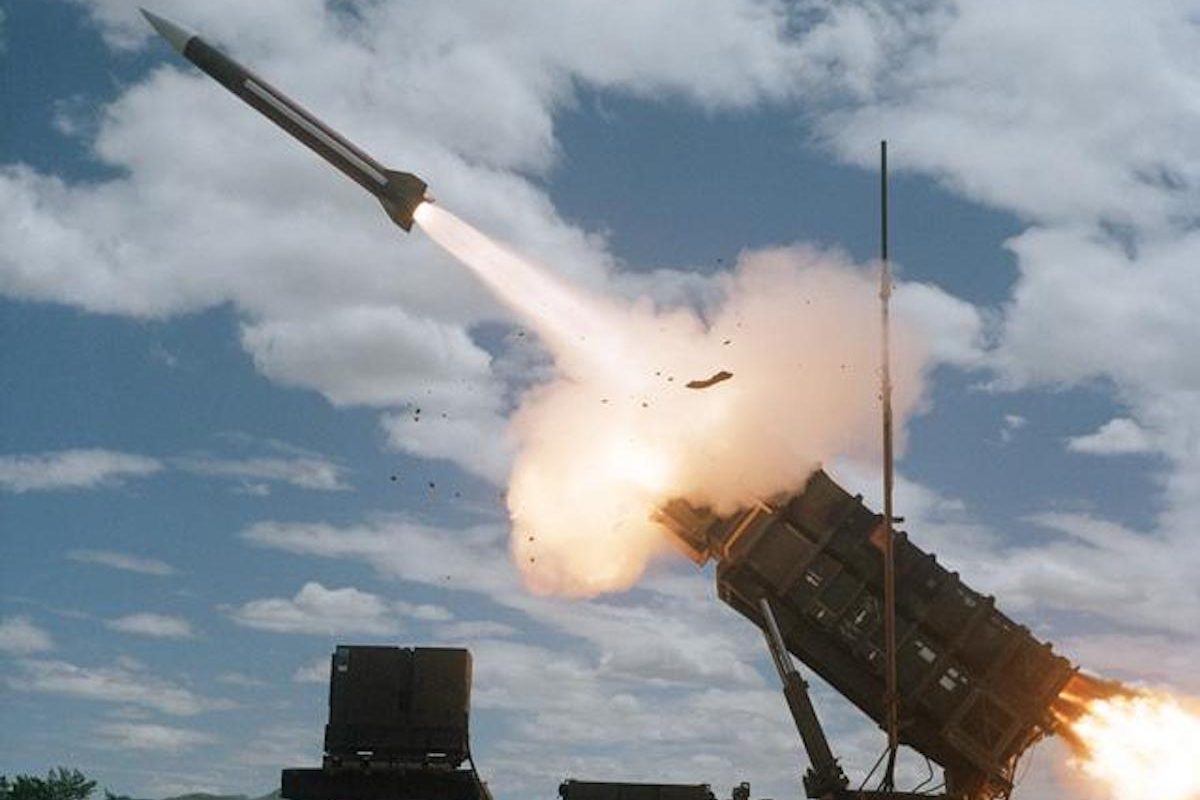
The United States, once celebrated as the 'arsenal of democracy' for its unparalleled industrial capacity during World War II, faces significant challenges in reclaiming that status. Historically, the US produced an overwhelming amount of military equipment, including 324,000 military aircraft and 1.5 million tanks, trucks, and jeeps, which were crucial in defeating Axis powers [bd603586]. However, the landscape has shifted dramatically, with China now leading in manufacturing, producing 57% of global electric vehicles and being the largest shipbuilder, exceeding US capacity by over 230 times [0a2cf93a].
Currently, China accounts for 35% of global manufacturing, a significant increase from just 5% in 1995, highlighting the urgency for the U.S. and its allies to establish new global manufacturing hubs to counter this dominance [0c47bd95]. According to Lu Yongxiang, a former vice-chairman of the National People’s Congress, China is on track to surpass the US in high-tech and military manufacturing by 2035, citing an 'irreversible' decline in US manufacturing competitiveness [7da6ad81]. The US accounts for less than 17% of global manufacturing output, a stark contrast to its post-WWII dominance when it represented half of the world's GDP [0a2cf93a]. The decline in US manufacturing has raised concerns about the country's ability to sustain its military and economic strength, especially in light of potential conflicts, such as over Taiwan, where rapid weapon acquisition by China could outpace US production capabilities [81958251] [c465eaa4].
Recent rhetoric from U.S. officials has called for preparation for a 'full-scale war' with China, emphasizing the role of the military-industrial complex in driving economic growth since WWII [7e63d438]. This has led to calls for permanent munitions production lines, reflecting a shift towards a more aggressive military posture [7e63d438]. However, analysts warn that a full-scale war between nuclear powers would lead to mutual destruction, making such a path perilous [7e63d438].
The technological rivalry between the U.S. and China has intensified since the 2018 tariff war initiated under President Trump, leading to bipartisan efforts in the U.S. to curb China's economic rise [cb9956d2]. A study by the Australian Strategic Policy Institute (ASPI) published in August 2024 reveals that the U.S. has fallen behind China in technological development, leading in only 7 of 64 critical technologies from 2019-2023 compared to China's 57 [c1e4949a]. China currently leads in five out of thirteen key technology domains, with companies like BYD outselling Tesla in the electric vehicle market [cb9956d2]. In response, the U.S. has implemented export controls on semiconductors aimed at hindering China's technological advancements, although these measures also risk stifling U.S. innovation, as warned by economists like Adam Posen [cb9956d2].
Recent statements from Chinese President Xi Jinping emphasize the country's commitment to technological advancement, declaring, 'No challenges can stop China's progress.' China is rapidly deploying AI, 5G, IoT, and blockchain technologies, aiming to become an innovation leader by 2035 [6f57446e]. U.S. intelligence has raised concerns regarding Huawei's operations in over 700 cities across more than 100 countries, viewing it as a national security threat [6f57446e]. Furthermore, TikTok has amassed 150 million users in the U.S., further complicating the technological landscape [6f57446e].
Despite these challenges, recent developments indicate a potential resurgence in the U.S. economy. The 'Made in America 2.0' initiative is gaining traction, with bipartisan support for tariffs from figures like Donald Trump and Kamala Harris, reflecting a shift in attitudes towards free trade [8d69a80a]. Since 2016, the U.S. has outpaced G7 countries in growth and productivity, with U.S. exports now accounting for 11% of GDP compared to 50% for Germany [8d69a80a]. China's labor costs have increased fivefold since the 1990s, diminishing its manufacturing appeal [8d69a80a]. Furthermore, U.S. industrial construction spending has doubled from 2020 to 2022 and again from 2022 to 2024, signaling a robust investment in domestic manufacturing capabilities [8d69a80a].
Cities like Phoenix and Columbus are emerging as semiconductor hubs, showcasing the U.S.'s strategic focus on high-tech industries [8d69a80a]. In a recent development, the U.S. Army has opened a new Universal Artillery Projectile Lines facility in Mesquite, Texas, aiming to produce 155mm artillery shells at a rate of 100,000 per month. This facility, managed by General Dynamics Ordnance and Tactical Systems, represents a significant investment in modernizing the U.S. defense industrial base [844dc3d1] [f40b4315]. Secretary of the Army Christine Wormuth emphasized the importance of this facility in enhancing national defense and increasing production capabilities, which is crucial as the U.S. seeks to maintain its military readiness [844dc3d1].
China is also making strides in semiconductor self-sufficiency, aiming for 40% by 2030, and has introduced advanced technologies such as Huawei's 7-nanometer chip [cb9956d2]. The U.S. faces challenges in maintaining its technological edge, particularly as the global economy shifts towards localized supply chains [cb9956d2]. Trump's potential return to power poses risks to U.S. climate commitments, with his fossil fuel agenda threatening to increase emissions and undermine global climate leadership [cb9956d2].
Atkinson warns that the assumption that China cannot innovate is dangerous; if China continues to develop innovations, it could threaten Western tech firms. He cites a study by the Information Technology and Innovation Foundation showing that China is rapidly catching up in several industries, including electric vehicles and nuclear power, and is near the lead in robotics and AI [aeb04fc0]. U.S. policymakers must recognize this challenge and adopt a new national innovation strategy, which could include tripling research tax credits and creating industry-led research institutes [aeb04fc0]. Without decisive action, the U.S. risks becoming a second-rate technology economy [aeb04fc0]. As the U.S. navigates the complexities of global manufacturing competition, it remains imperative to invest in technological innovations and maintain a robust industrial base to secure its future as a leader in both military and economic arenas [81958251] [0a2cf93a]. Furthermore, the future of humanity depends on moving away from conflict and fostering collaboration between the U.S. and China to address global challenges [7e63d438].
The fragility of U.S. power has been underscored by recent developments, including the release of China's DeepSeek machine learning program, which has raised concerns about U.S. technological superiority [e9ccf185]. The U.S. stock market faced turmoil following the DeepSeek announcement, prompting foreign investors to slow their purchases of U.S. debt [c1e4949a]. In 2024, foreign investors invested over $1 trillion in U.S. tech stocks, indicating a complex relationship with U.S. economic stability [e9ccf185]. Despite the CHIPS and Science Act of 2022 allocating $26.8 billion for semiconductor manufacturing, it has been underfunded by $8 billion, highlighting the infrastructure investment gap in the U.S., estimated at $3 trillion [e9ccf185]. Meanwhile, China invested $496 billion in high-tech sectors in 2022, further closing the gap in technological competition [e9ccf185]. Elbridge A. Colby has advocated for denying adversaries' rise, reflecting a growing sentiment in U.S. defense circles [e9ccf185]. A recent RAND Corporation report suggests that the U.S. could potentially win a war against China, but such assertions must be approached with caution given the complexities of modern warfare and the potential for catastrophic outcomes [e9ccf185].